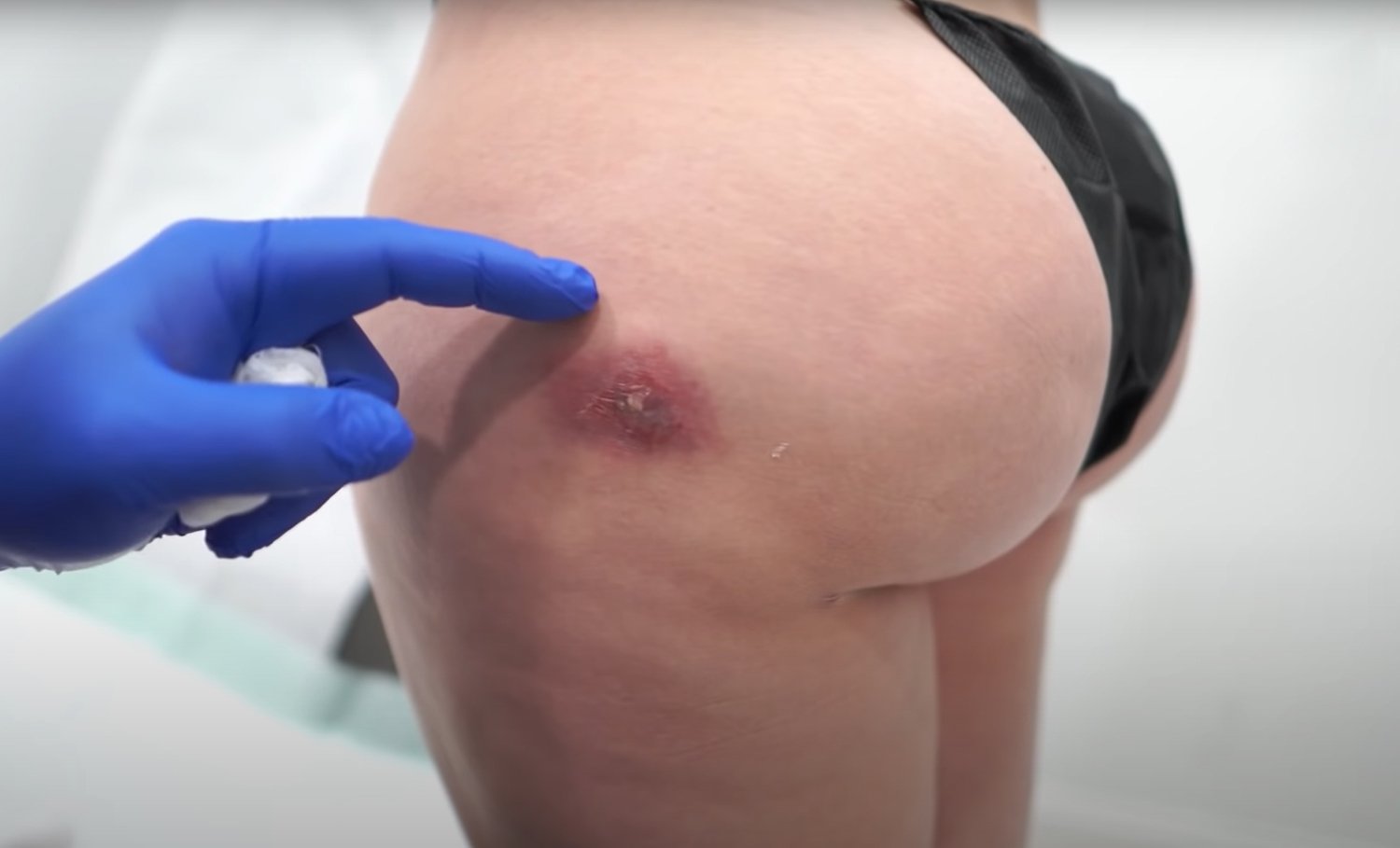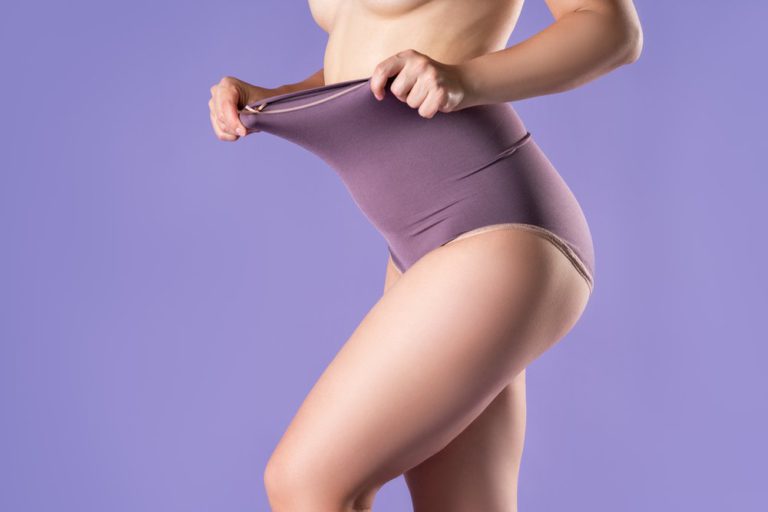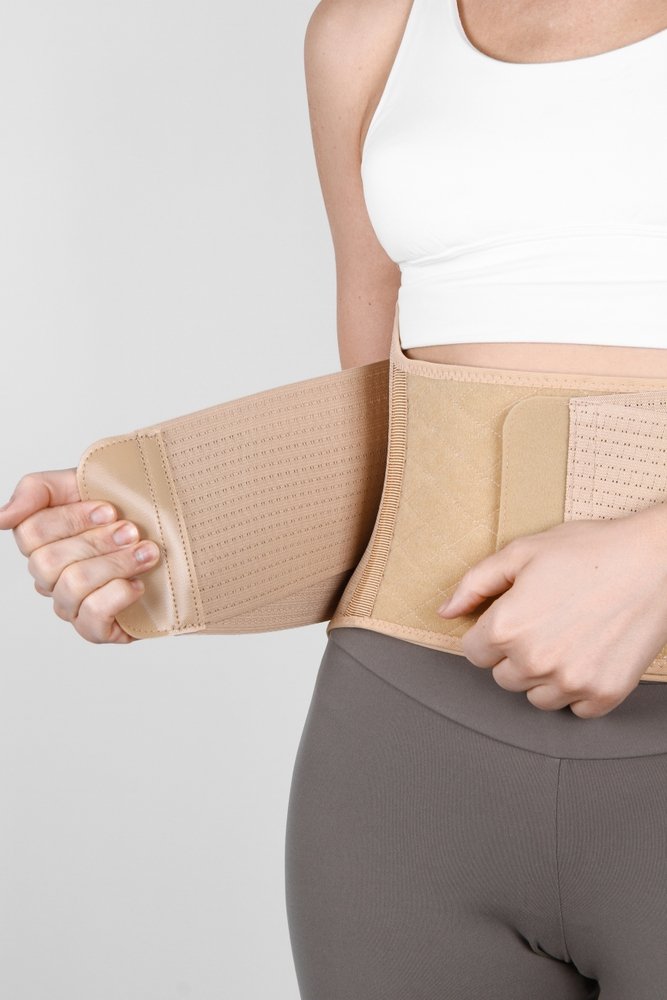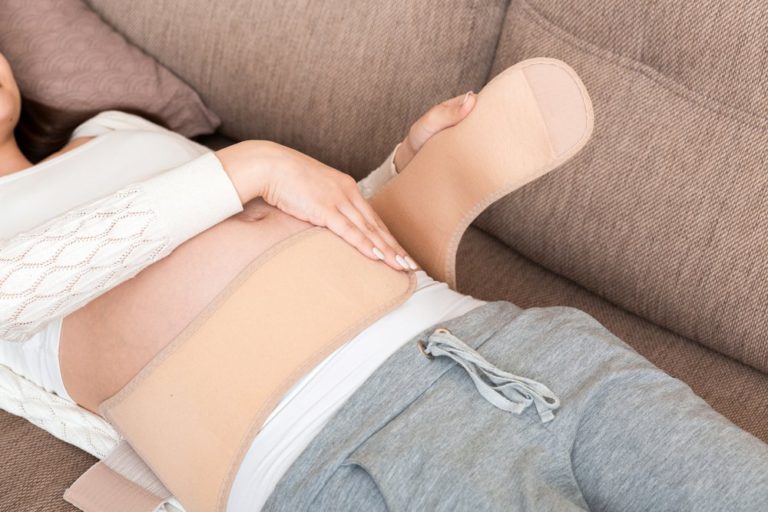Brazilian Butt Lift (BBL) has gained popularity in recent years due to its efficacy, reliability, and safety. The cosmetic procedure involves transferring fat to create fullness in a person’s backside. Unlike silicone buttock implants and other cosmetic procedures, BBL in Miami leads to natural results with fewer risks and complications.
In addition, this cosmetic surgery can address various problems, such as the skin’s shapelessness and sag. Some people also undergo the procedure to resolve imbalances in their backside and wear clothes comfortably without any issues. BBL has lower infections risks than silicone implants, making it a more practical approach.
However, the procedure can lead to several side effects if not performed appropriately. These include scarring, severe pain, infection, lumps under the skin, deeper infections causing loss of skin in the treated areas, and fat embolism in the lungs. The question is: Does BBL cause fat necrosis? Let us delve into this subject!
What is Necrosis?
Necrosis is a condition characterized by a pattern of cell death. The condition occurs in response to various complications or injuries, such as hypoxia. Research shows that necrosis also occurs due to infection caused by lytic viruses, physical trauma, toxins accumulation in specific tissues, and extreme temperatures.
A growing body of research evidence highlights that necrosis is irreversible if it has caused cell death. However, necrosis is reversible if it has caused slight damage to the cells. A series of mechanisms cause various changes in the structure and function of cells, leading to toxicity and lethality. Sometimes, the problem worsens and causes the cells’ death.
What Causes Necrosis after BBL?
During Brazilian Butt Lift, the surgeon removes fat cells from areas with an increased amount of fatty tissues. Once removed, the surgeon transfers the fat cells to the buttocks with the goal of creating a nice butt shape with more volume. Your surgeon will give you specific guidelines to follow after the surgery.
For instance, you must refrain from smoking cigarettes because they are the leading cause of fat necrosis after BBL. Although some health providers advise not to smoke for at least three to four weeks after the procedure, we recommend quitting smoking to mitigate the risk of fat necrosis.
Besides, applying unnecessary pressure on your backside can also increase the risk of fat necrosis. So, avoid sitting on your buttocks for at least three weeks after the surgery. Use a special pillow to ensure the fat cells transferred to your backside thrive without undergoing necrosis.
Can You Reverse Necrosis?

You can reverse necrosis by undergoing specialized treatments if the damage level is low and has not caused cells’ death. Medication can reverse fat cells damage if the doctor diagnoses the condition in the early stages. On the other hand, if it has caused severe damages, you may undergo advanced procedures to relieve pain and improve mobility in your backside.
Generally, necrosis is irreversible because when large areas of fat tissues die in your buttocks, it becomes impossible to grow new cells. The problem is due to a lack of nutrient-rich or oxygenated blood supply to the buttocks, leading to gangrene. So, if you have necrosis after BBL, make sure you undergo surgery to remove the devitalized or dead tissues.
What are Some Necrosis Symptoms?
The symptoms of necrosis after BBL vary from person to person. In fact, you may not have any signs or symptoms in the early stages of the condition. However, you will experience pain in your buttocks that increases and becomes severe when the cells begin to die over time.
Besides, you may also feel pain in your bones and muscles even when you rest. Limited range of motion, limping in legs, hip joint pain, groin pain, a problem with overhead movement, and arthritis in your joints are other signs and symptoms of fat necrosis after BBL. Make sure you consult a qualified health provider to avoid further complications and seek treatment on time.
What Does Necrosis after BBL Look Like?
Fat necrosis is a severe condition that affects the adipose tissue in your buttocks. The problem occurs when these cells do not receive enough oxygenated or nutrient-rich blood. As a result, the cells become inflamed, causing discomfort and pain in the area—the physical sign of fat necrosis in the appearance of a lump on your buttocks.
Fat necrosis does not cause pain initially, even if you have a lump on your butt. However, if the lump is under your skin, you will start feeling the pain that becomes severe over time. Sometimes, these lumps shrink and disappear over time. Other times, you undergo plastic surgery to remove the lumps.
Risk of Fat Necrosis after BBL
Although the risk of fat necrosis after BBL is rare, it may occur if the health provider has failed to perform the surgery properly or when you don’t follow the post-operative instructions. The body absorbs the dead fat cells and does not cause any problems.
However, the dead fat cells make a lumped ball and create scar tissue around the lump in some cases. Remember, this occurs when the body fails to absorb the dead fat cells. As a result, you experience a hard and firm bump in your buttocks.
Besides, the firm bump or lump causes severe pain, especially when sitting on your buttocks. Sometimes, the dead cells liquefy in the central of the lumped ball, meaning you have a softer lump than a firmer one. However, the softer lumped balls also lead to scar tissue and cause discomfort/pain. It is crucial to seek immediate treatment to avoid further complications.
Final Words
Fat necrosis is a lump of damaged or dead adipose tissue that appears after the Brazilian Butt Lift procedure. Although fat necrosis is harmful and does not cause the risk of cancer development, it can cause severe discomfort and pain if not treated on time. Consult your health provider about any bumps or lumps you feel in your buttocks.








